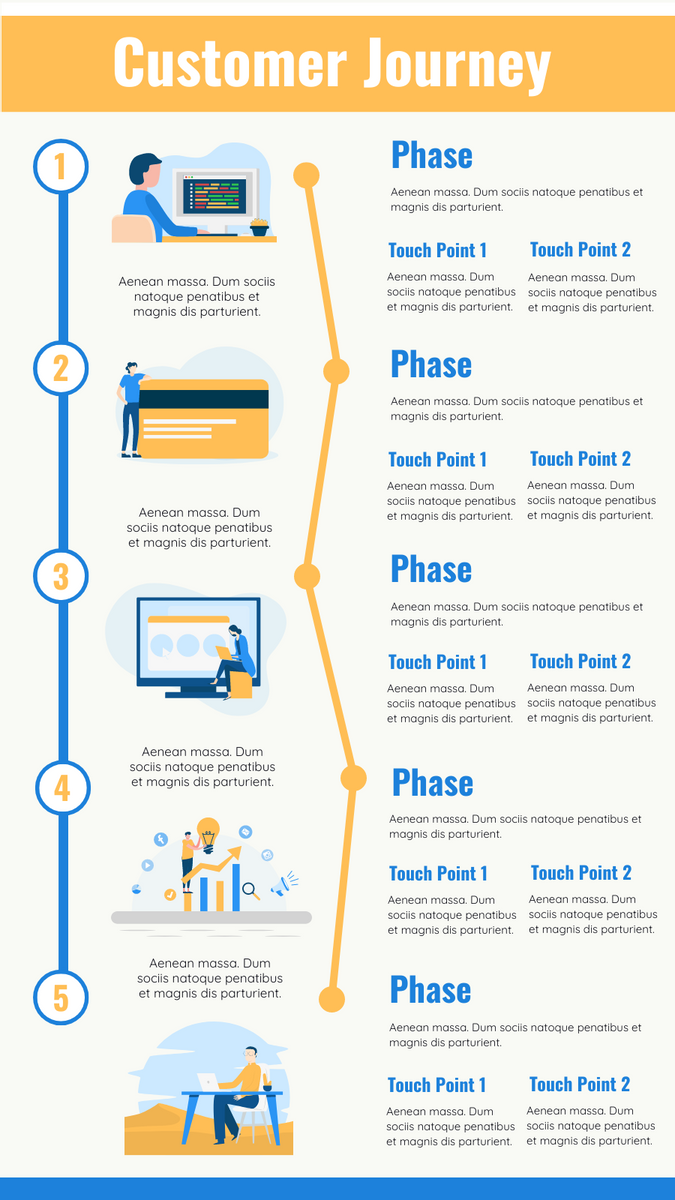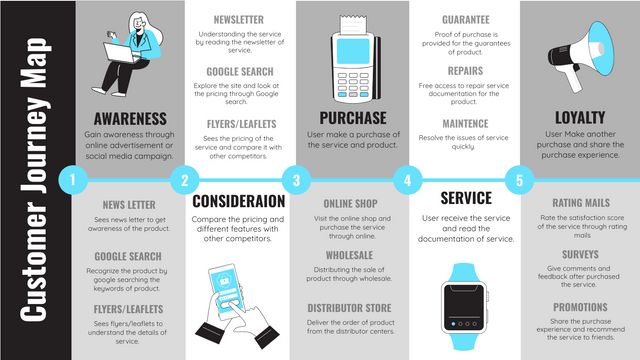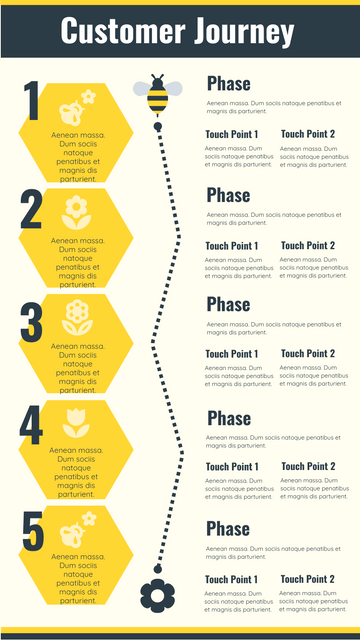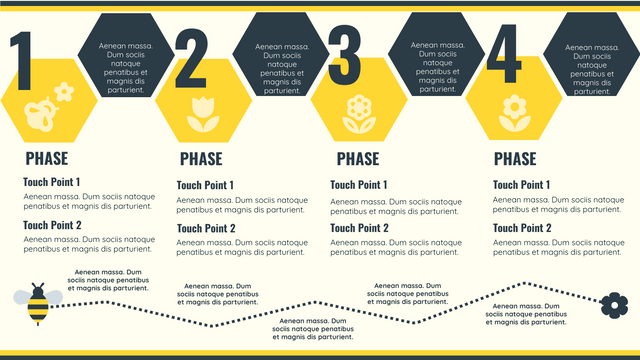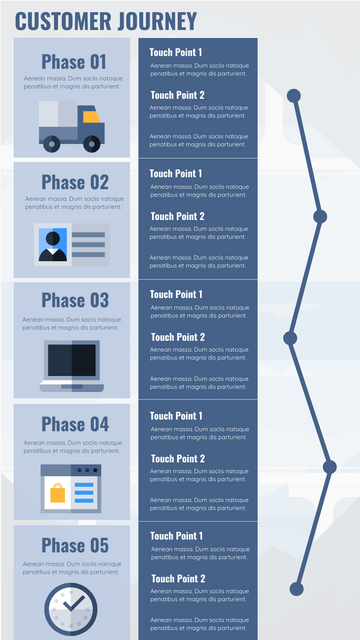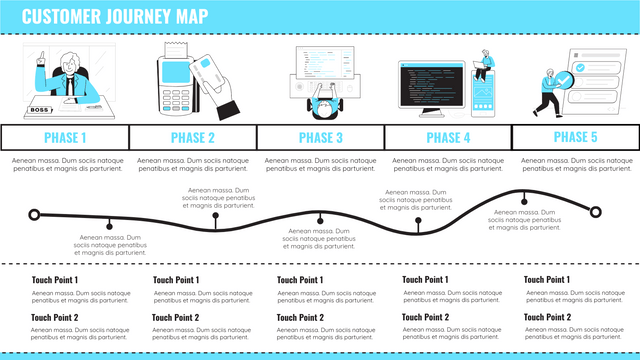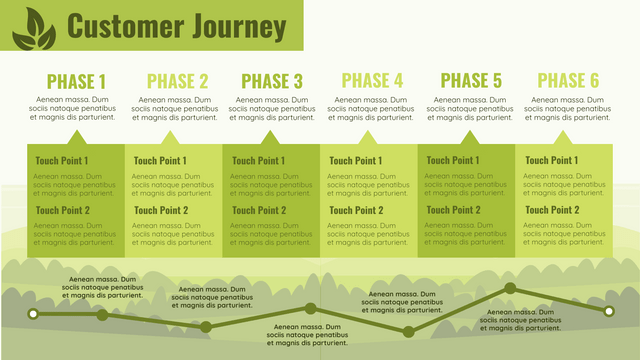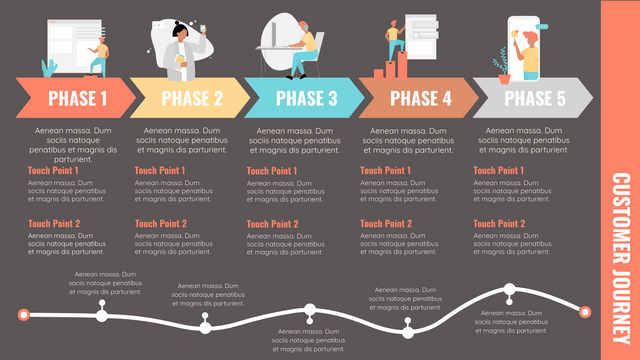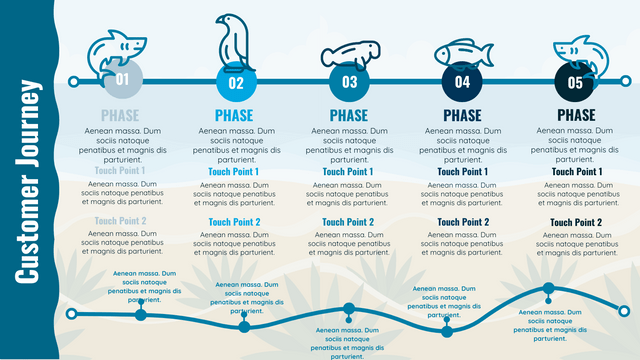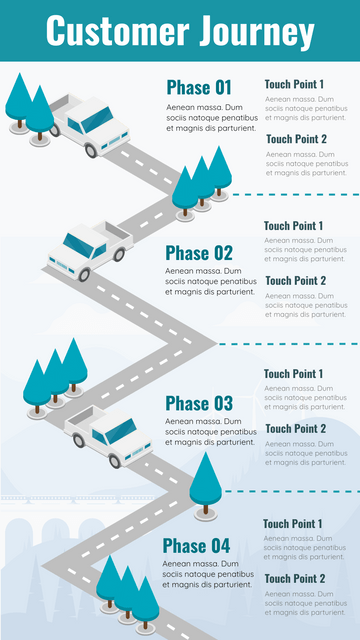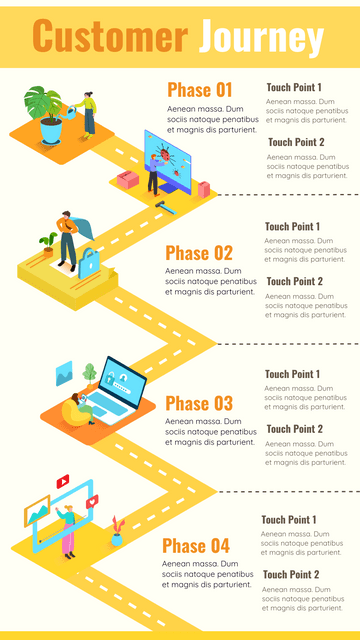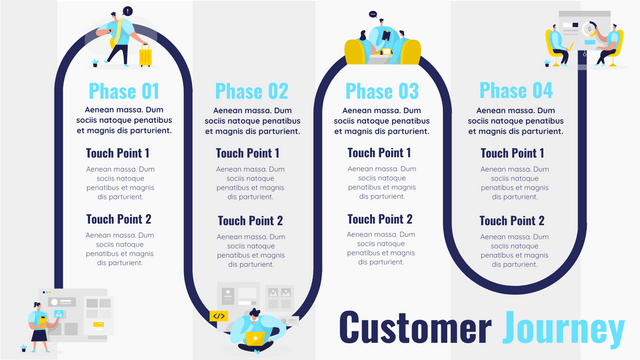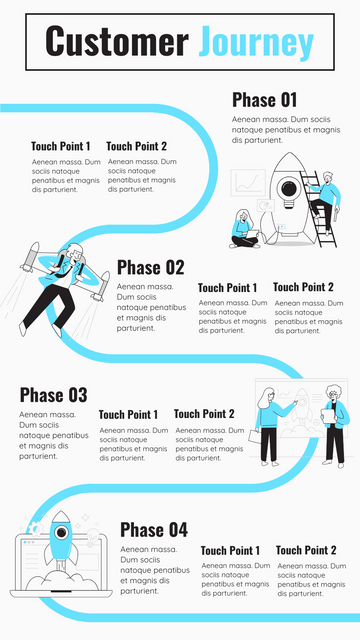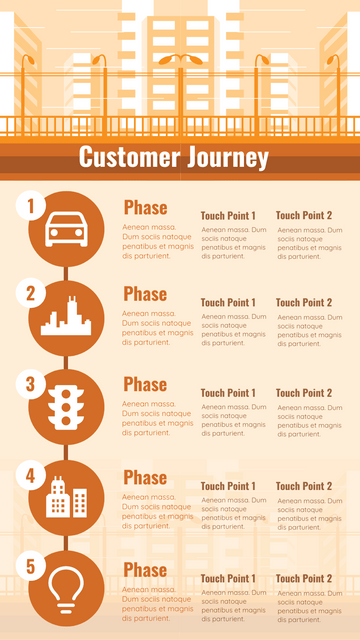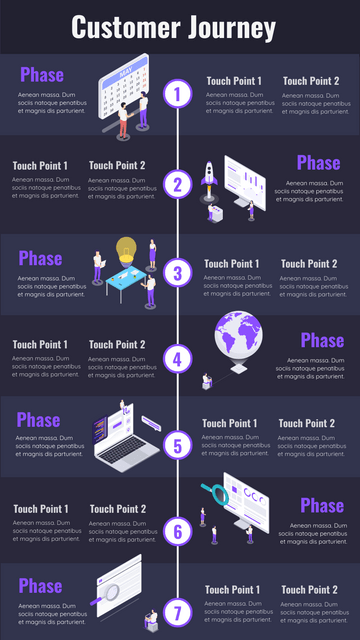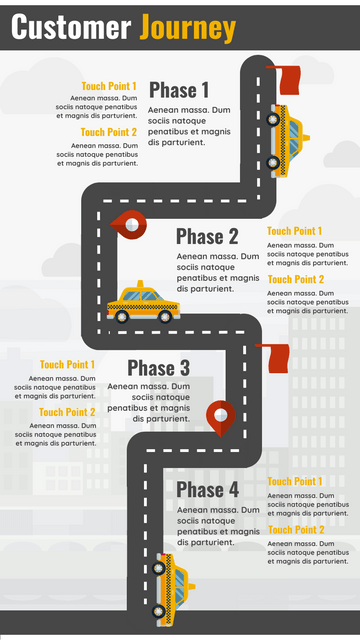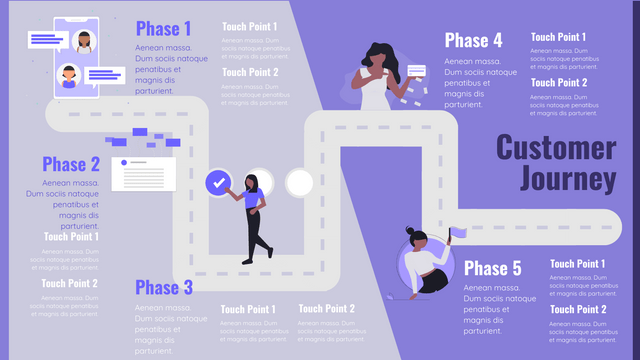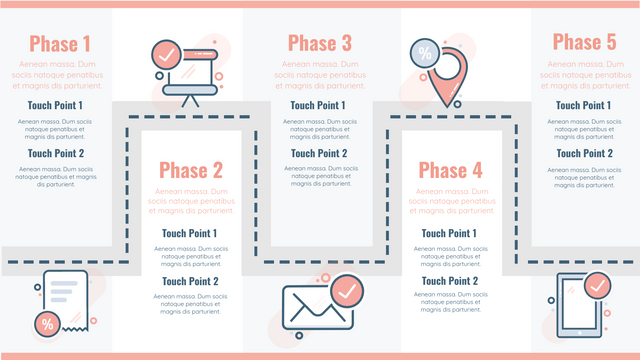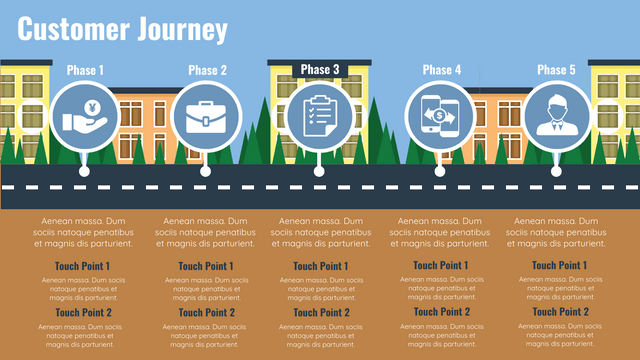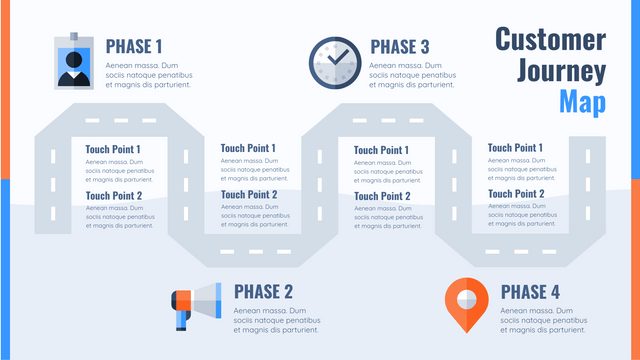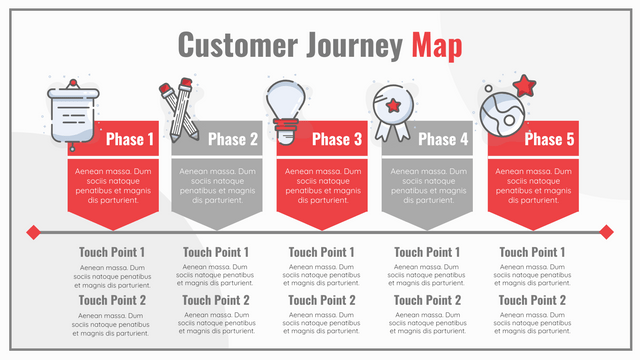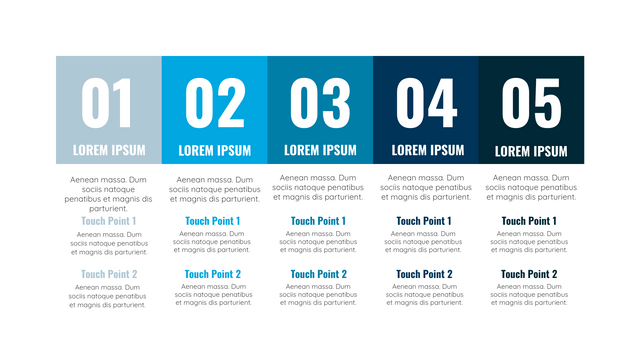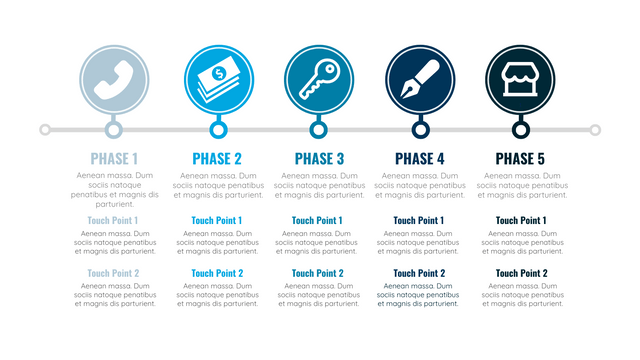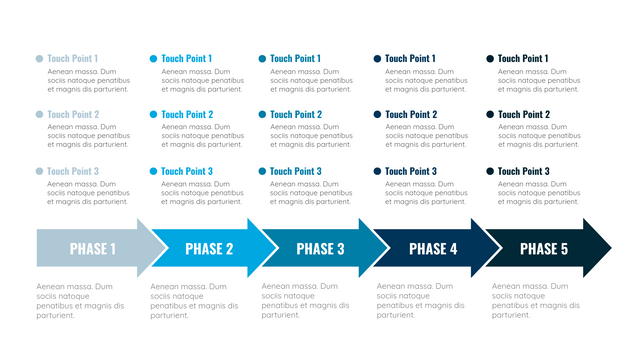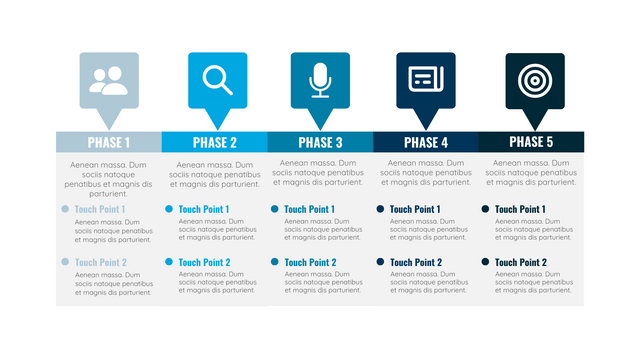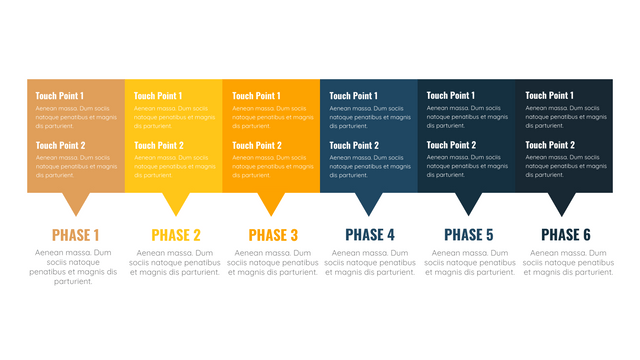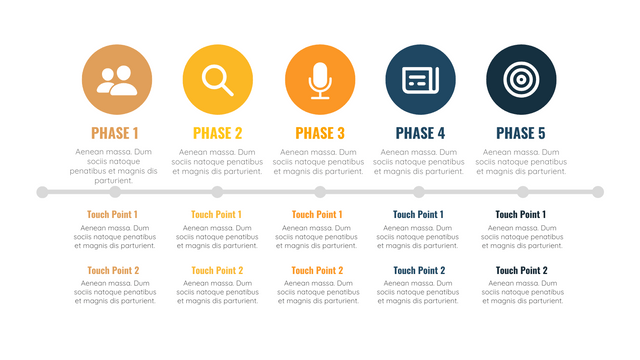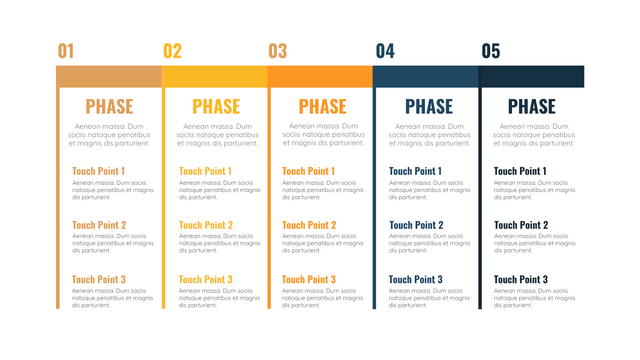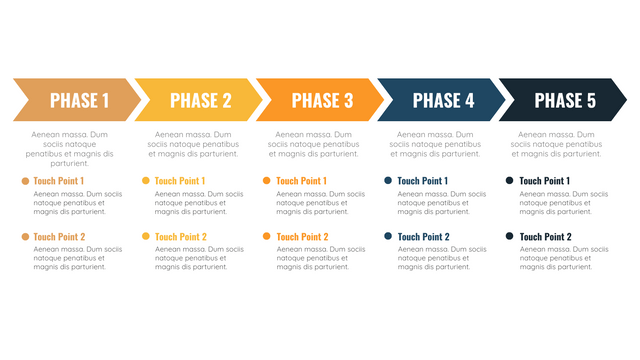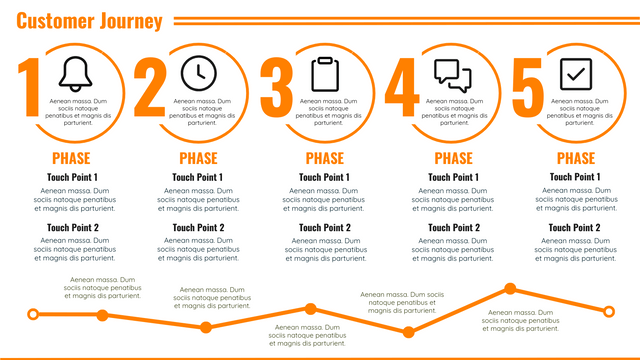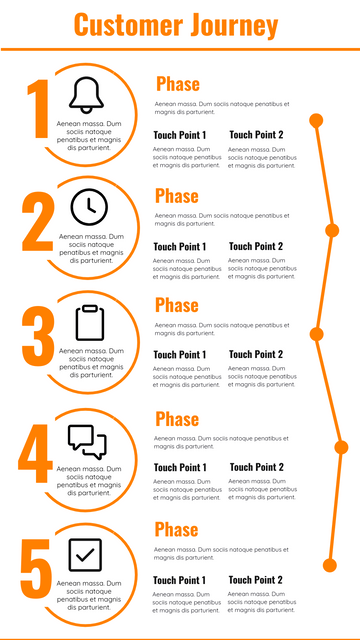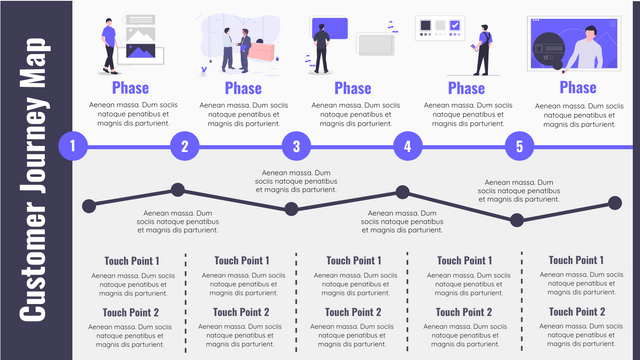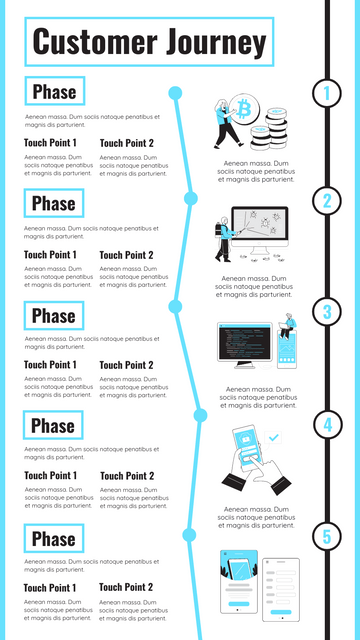Customer Journey Mapping Tips
Most people don't like pain, and certainly don't like to experience the same pain more than once. The same applies to negative customer experiences when engaged with a company's products or services. Consumers find it difficult to remain loyal to their brand after a negative experience.
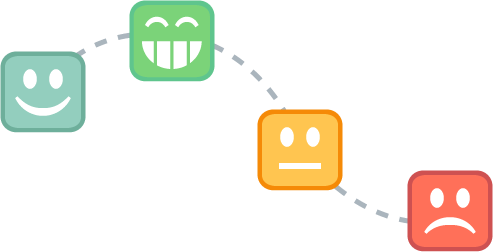
Perhaps one of the most key things to put on your customer journey map are the areas where a customer is experiencing difficulties or issues with the product or service. Pain points are specific problems that potential customers are experiencing.
Types of Pain Points and how to resolve them?
There are many different types of pain points, but in general, there are four typical pain points types and you can resolve them based on their nature:
Finances - Your prospect is spending too much money on their current solution and wants to spend less. Solution: Emphasize lower price points (if applicable), emphasize average savings by the customer base, and use language that reiterates better ROI
Productivity - Your prospect is spending too much time and energy on completing a task and they would prefer to complete it with greater efficiency. Solution: emphasis on reducing time wasted by current customers, emphasis on usability features (such as profiles or centralized dashboards)
Process - Your prospect has a certain process that needs to be more effective to accomplish specific goals (either in a business or personal setting). Solution: Mention current/planned integration with existing products/services (i.e. Slack's integration with Dropbox and Salesforce) and highlight how your product/service makes usually difficult/time intensive tasks easier
Support - Your prospect isn’t receiving the sort of support that they need at a particular stage in the customer journey or conversion funnel. Solution: Help potential customers feel like partners by highlighting your after sales support, using connection language (" we ", "we", etc.) in your copy
